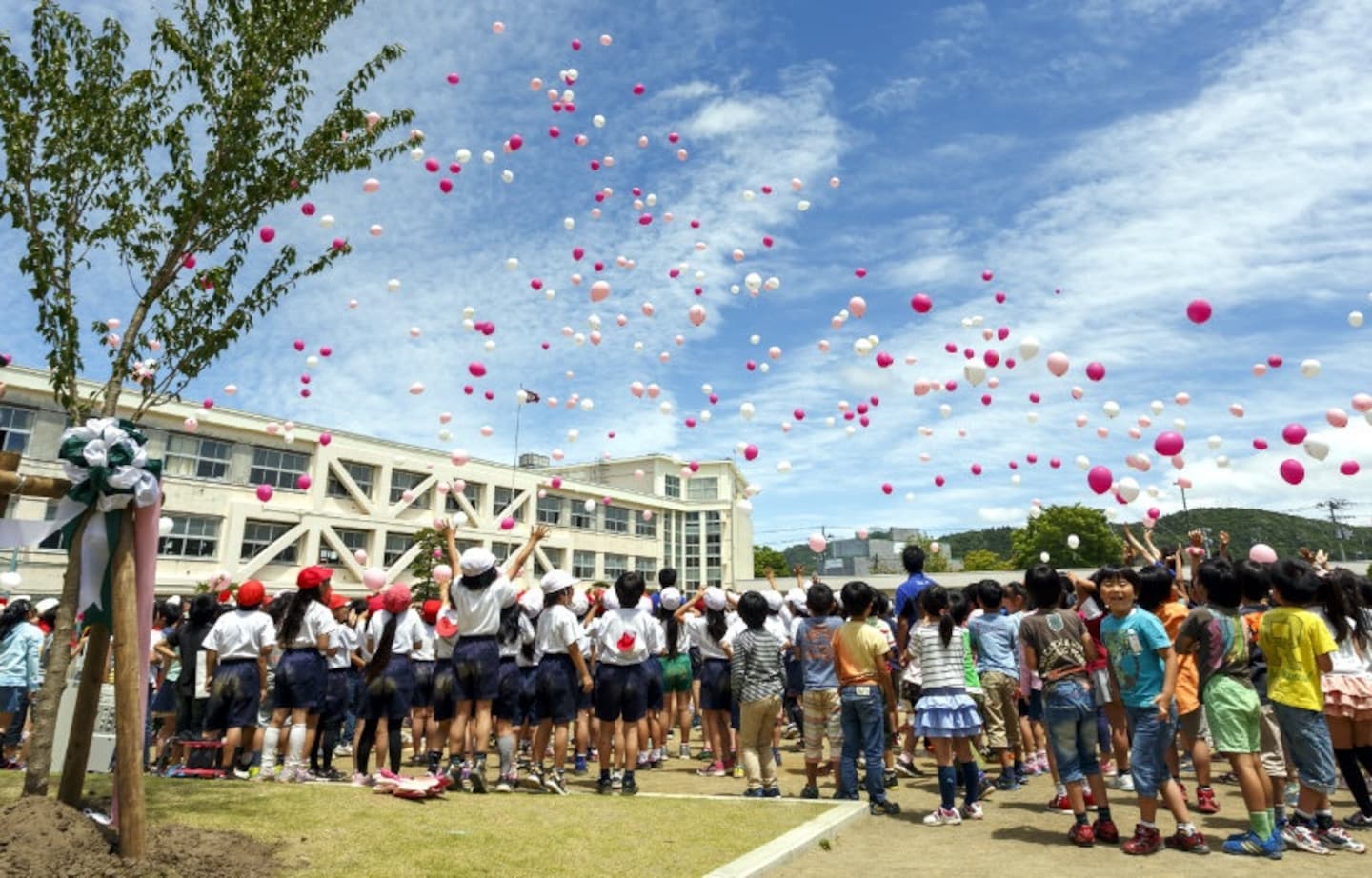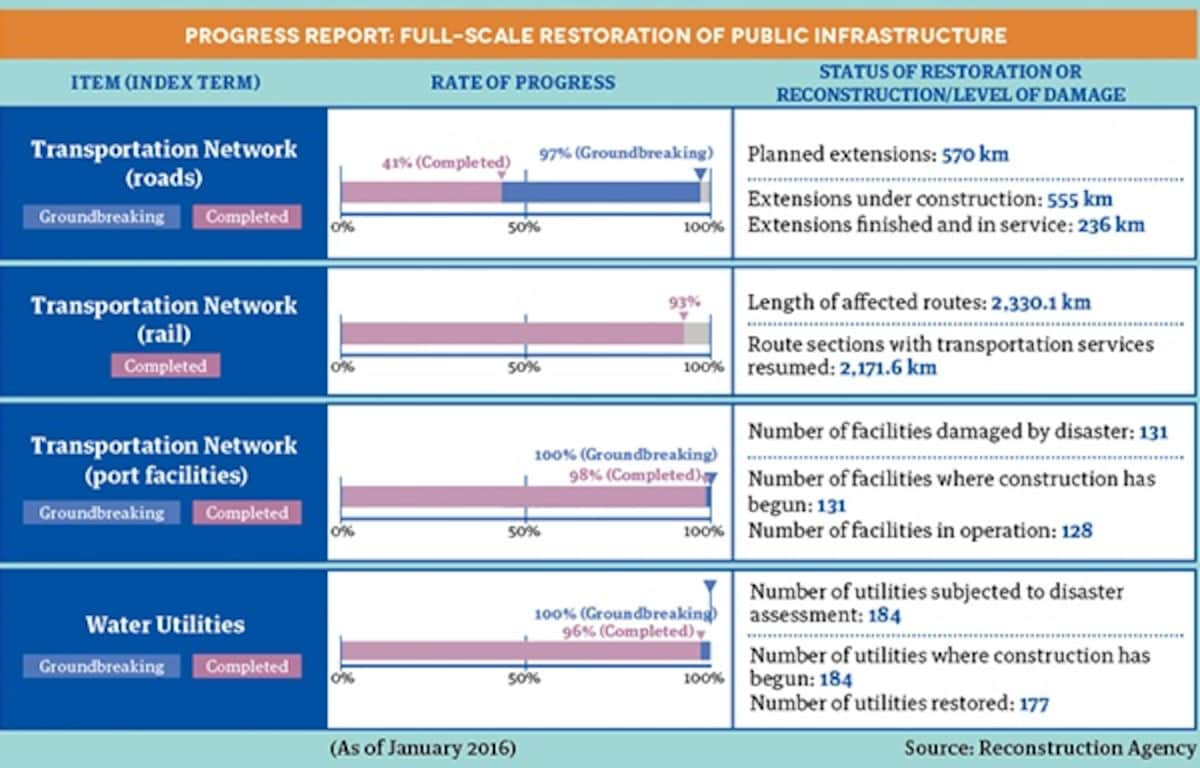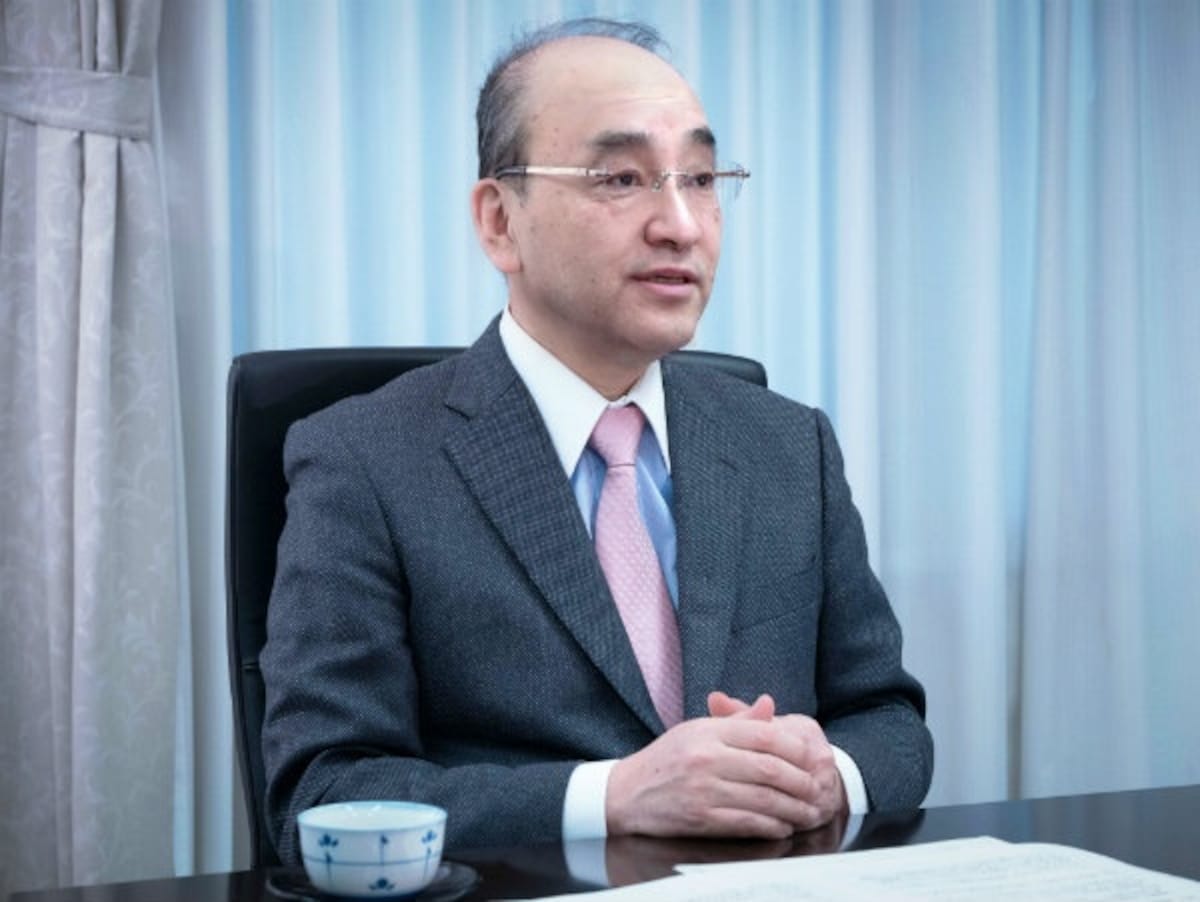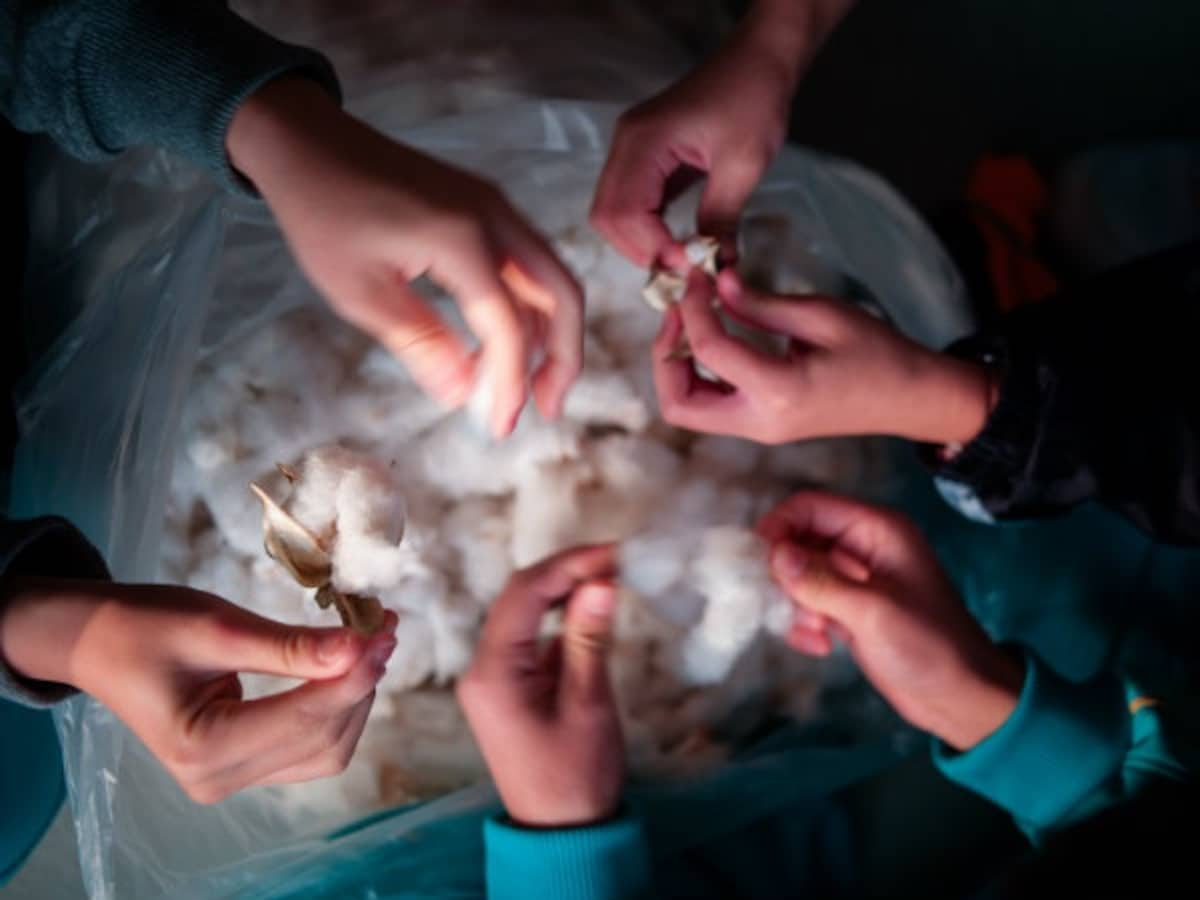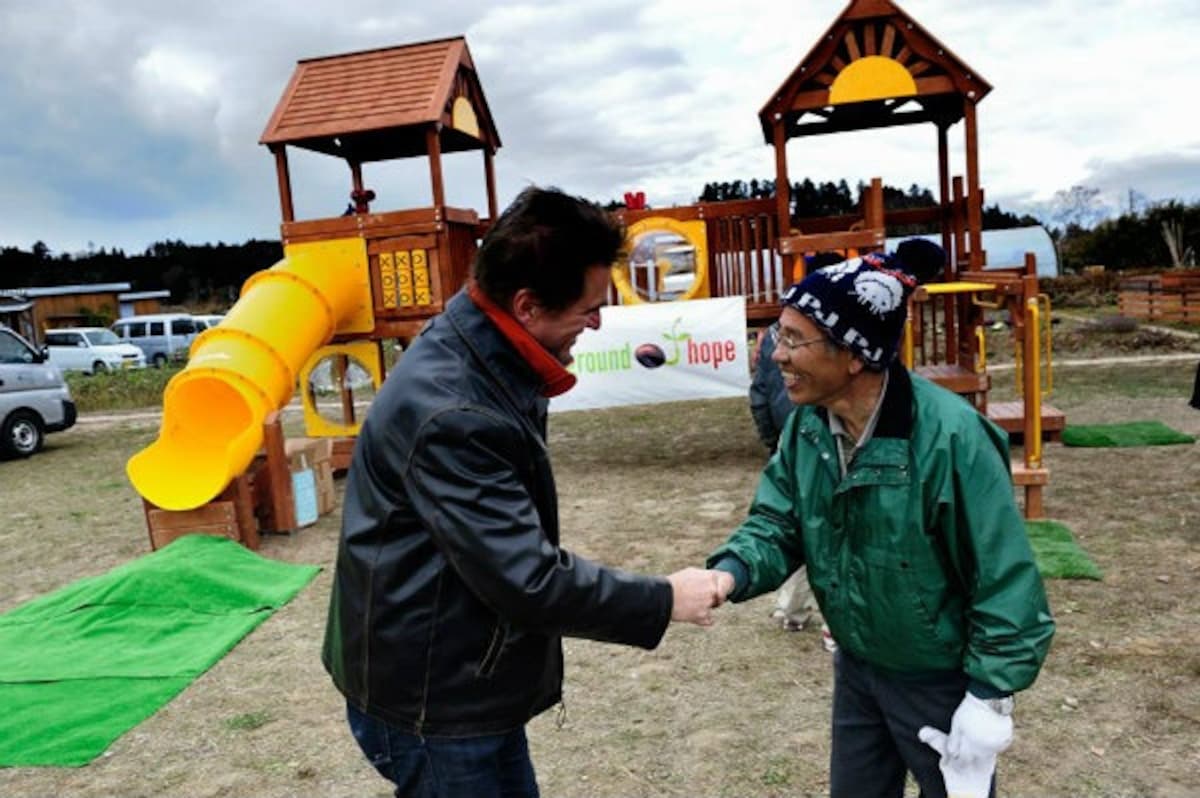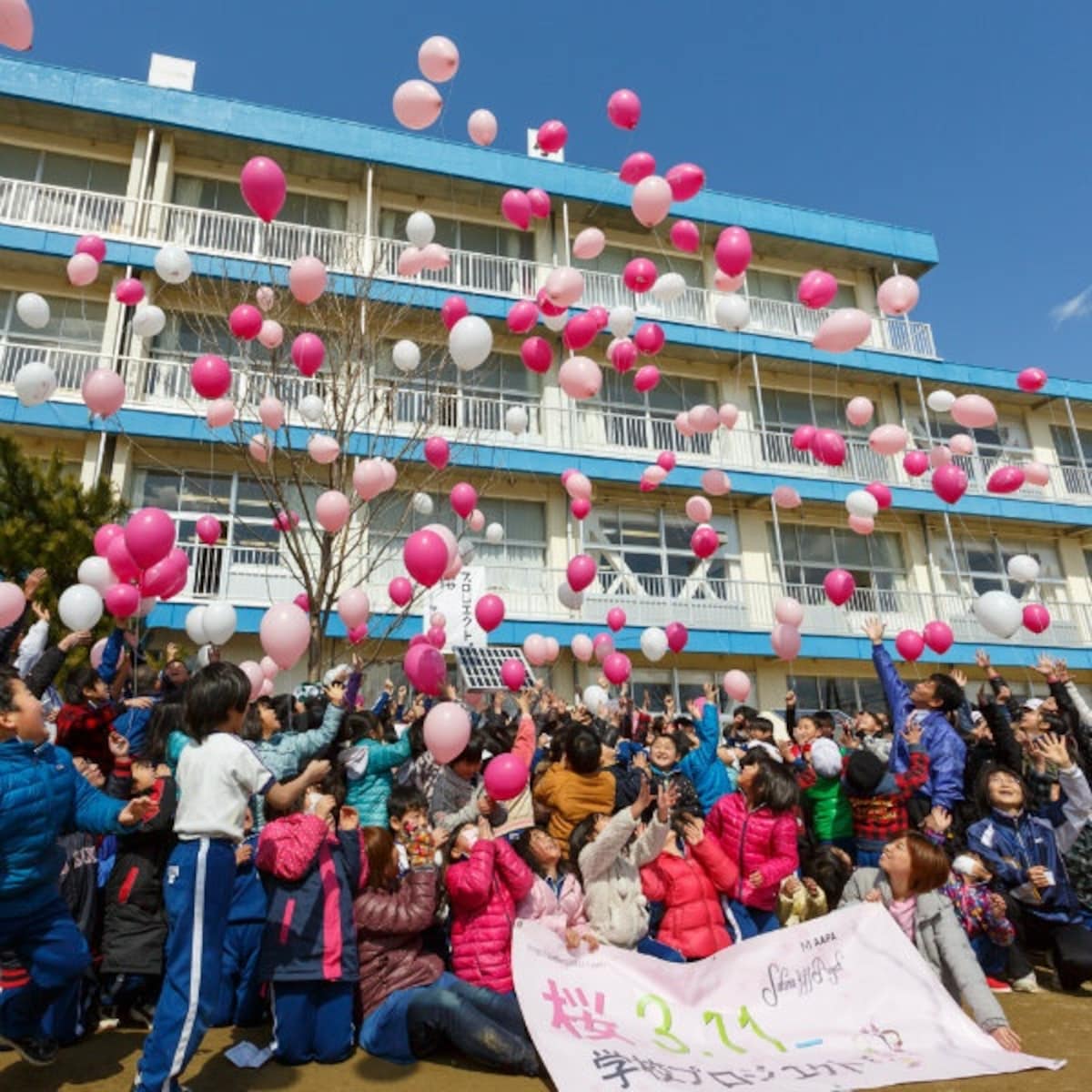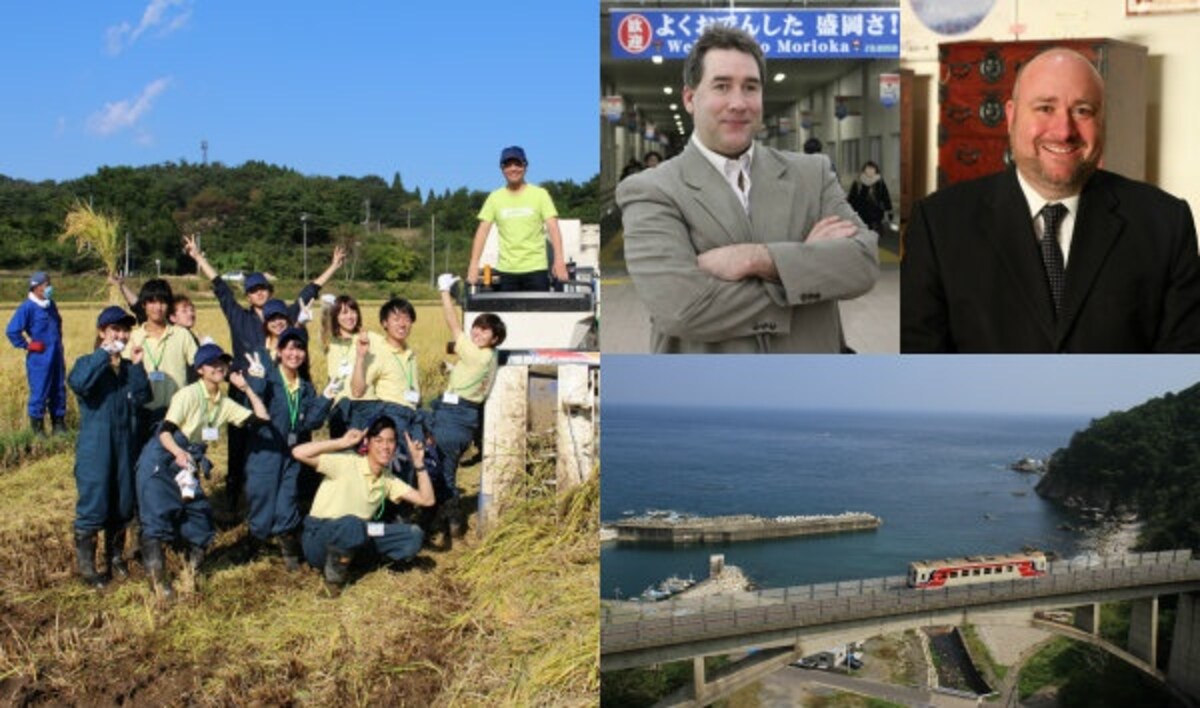Recovery Five Years After 3.11
The Great East Japan Earthquake and the tsunami that followed on March 11, 2011 caused immense damage, death and trauma, hitting the Tohoku region hardest but affecting the entire country. The March issue of Highlighting Japan marks the fifth anniversary of the disaster, assessing the state of Japan's recovery efforts. See excerpts below.
By Highlighting JapanMaking Headway in Tohoku: Disaster & Recovery
An assortment of graphs, maps and photos show Tohoku’s journey to recovery from immediately after the earthquake until the present day, including data on evacuees, evacuation zones and how the region’s tourism has fared.
Tohoku—A Vision of Restoration
Five years after the disaster of the Great East Japan Earthquake, how has Tohoku rebuilt itself, and what issues does the region still face? To find out, Highlighting Japan spoke with Vice Minister Masakatsu Okamoto of the Reconstruction Agency, a government organ created to administer the reconstruction process following the earthquake.
Please tell us what the stricken areas have gone through, and their status today.
Let me start by expressing our gratitude for the aid we received from a range of countries and regions. Reconstruction has picked up speed over the past five years, and the region’s infrastructure is almost entirely restored. Many homes have been restored, both with victims rebuilding their own homes and through public housing. In Iwate and Miyagi prefectures—which were affected by both the earthquake and tsunami—they will finish rebuilding housing within three years. Regional industry has also been reestablished, and sectors like the electronic and automotive components industries are back to the same levels they had reached before the disaster.
Fallow Fields No Longer
The Tohoku Cotton Project supports local farmers in the tsunami-stricken regions by repurposing fallow rice fields to produce cotton and cotton goods. Over 70 companies and organizations are now involved in the cotton project and buying the cotton harvested at higher than market rates.
Cotton cultivation has been virtually nonexistent in Japan for the last fifty years. Hampered by water damage and pests, experimental cotton cultivation faced a series of difficulties. After the land was devastated by the tsunami, however, people were emboldened by the way cotton valiantly kept growing in salt-damaged land. “We did not give up, and continued to learn from these insights,” says Yukihide Nakano, a photographer involved in the project. “We saw the farmers and volunteers working together growing cotton, and people who had lost hope after losing their farms told us that they now felt enthusiastic about farming again.” (Photo: NAKANO Yukihide)
The Power of Play
In the aftermath of the Great East Japan Earthquake and tsunami in March 2011, thousands were left homeless and inhabiting temporary housing units as they struggled to recover from the shock. Michael Anop, now the president of NPO Playground of Hope, first traveled to the Tohoku region in April 2011 as a volunteer to aid the people of Ishinomaki, Miyagi Prefecture. He continued to lend support by bringing food, water and other supplies to those sheltering in temporary housing in Minamisoma, Fukushima Prefecture.
Anop noticed that in addition to people losing their homes and businesses, schools and parks had been rendered unusable. “The people in Tohoku have a strong sense of community,” he observes. “After the disaster, everyone was focused on all the loss, but hearing the sounds of children laughing brought back a sense of hope. Playground of Hope started to work with local people to bring joy back into the community by reconstructing play spaces in parks, schools and local community centers.”
Hope Blossoms
Takashi Murakami, the director of local art organization MMIX Lab, was living in Miyagi Prefecture’s Sendai City when the Great East Japan Earthquake struck in March 2011, bringing with it a devastating tsunami. Observing an area the wave had devastated, Murakami says he was surprised to see a lone sakura (cherry tree) flowering. “I was struck by the thought that cherry blossoms are still blooming even amid this terrible destruction,” he says.
“Cherry trees are special to the Japanese,” Murakami adds, explaining how the delicate pink flowers that begin to appear around mid-March are quickly swept away by early April, coinciding with the changing of the school year. As in many countries around the world, students in Japan enjoy their school lives up until they enter the workforce, and spring is a season that marks a turning point in the course of their development: this is the season young people change their way of life, part ways with school friends or meet new ones, and begin their adult lives in a new environment.
Such change is not limited just to students; since the fiscal years of most Japanese companies follow the same cycle, sakura signify a beginning perhaps even more powerfully than New Year’s. Given that this coincides with the disaster’s timing, Murakami found sakura especially fitting as a symbol of recovery and renewal for the Tohoku region.
In March 2012, Murakami launched the Sakura 3.11 School Project to plant sakura in Tohoku. Disasters of the magnitude of the Great East Japan Earthquake, known as the 3.11 event, are said to occur only once in 1,000 years. Murakami therefore selected the Edo-Higan-Sakura variety, which if conditions are right can live nearly 1,000 years. As the 10-year-old trees were over seven meters tall when planted, they bloom the following year, serving as both memorials and markers to future generations of the zone of safety where the tsunami had not reached.
For more stories about Tohoku's recovery in the five years since the Great East Japan Earthquake, click the link below.
(Top photo: ECHIGOYA Izuru)


